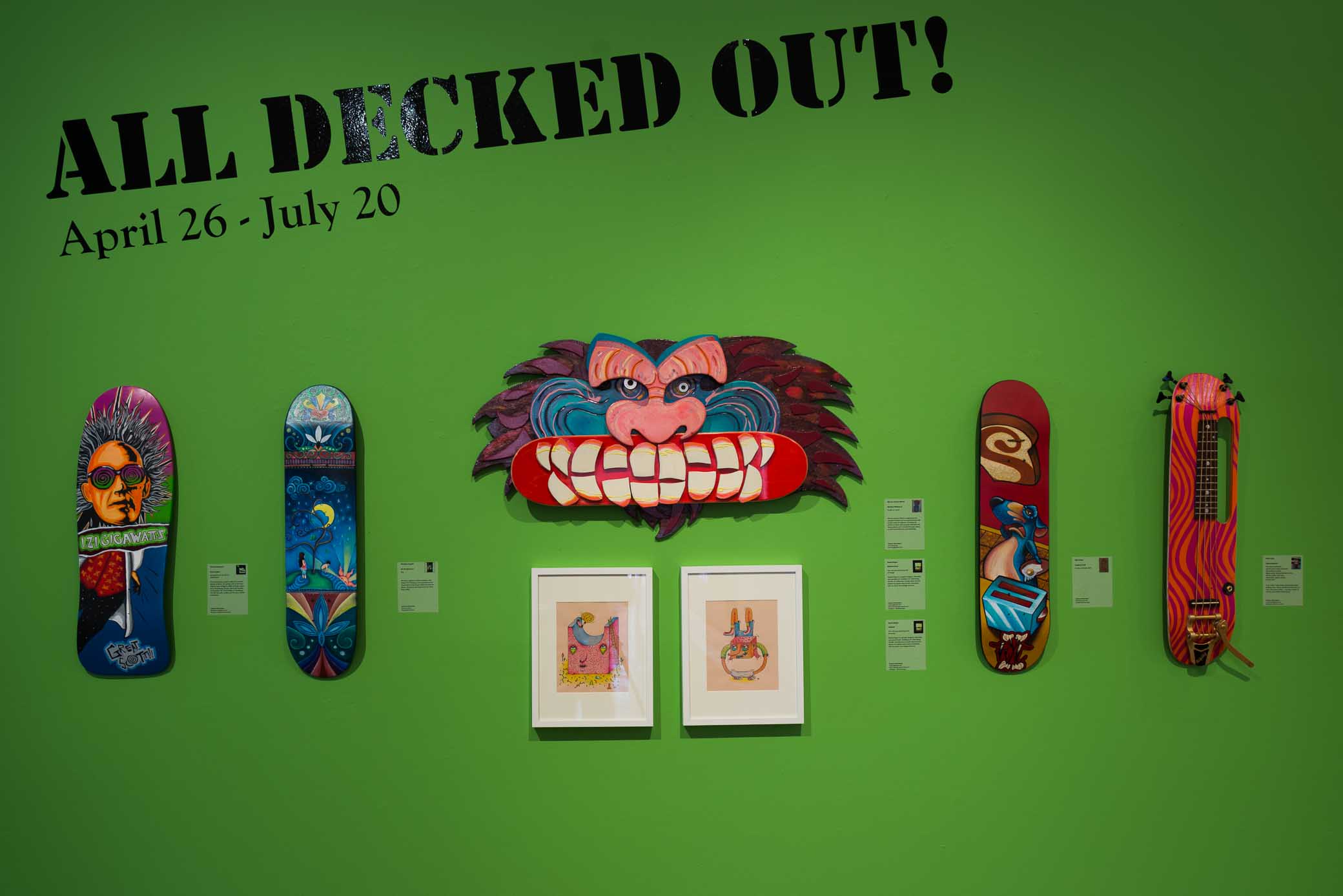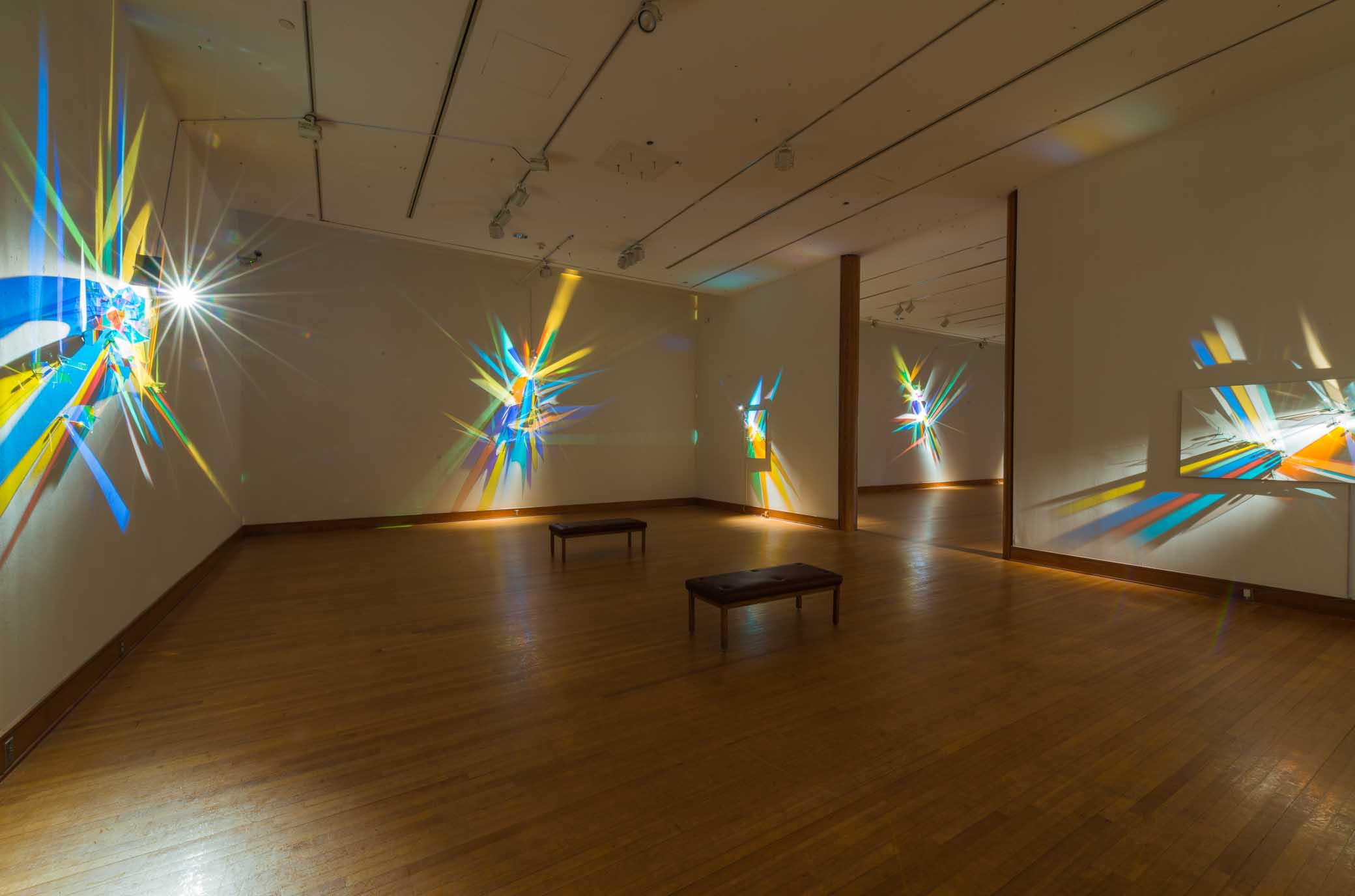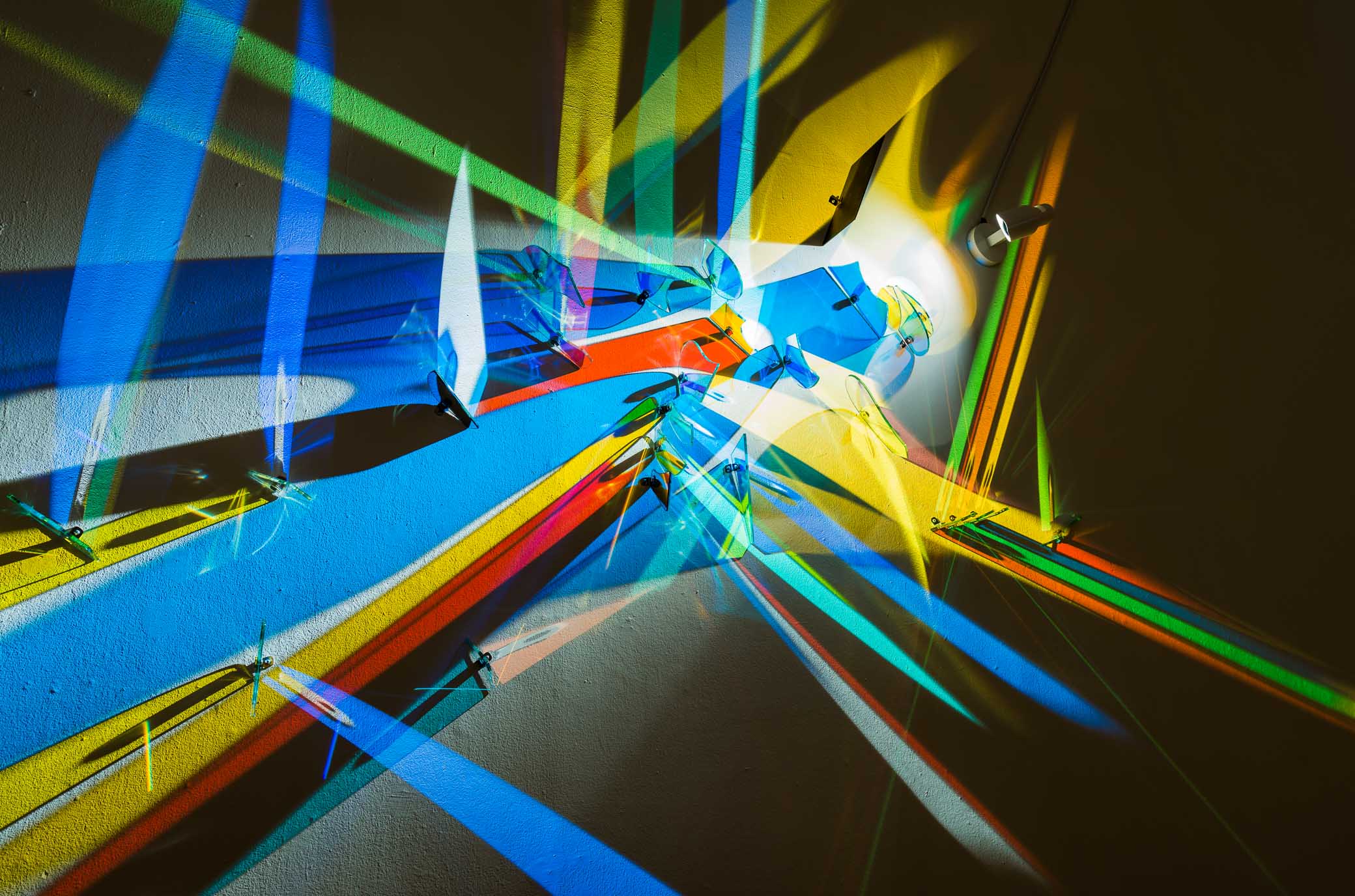Dual Abstraction
/April 18 – August 1, 2015
Murray & Ledger Galleries
Tinia Clark, "Lost in Paradise," 2014
Tinia Clark (Winter Haven) and Gregory Jones (Lakeland) are award-winning artists whose works have earned them a local following. Clark, a native Floridian, initially studied under local noted artist Elizabeth Clement, but soon discovered her own expressive style. Jones, a Virginia native, has been a staple on the local arts scene for decades and has made himself a regular exhibiting artist at art festivals throughout Florida. Works by these two artists will be celebrated in an exhibition focused on the duality of abstraction. Traditionally, abstraction has been defined as an artist’s personal style of restructuring recognizable subjects into something visually different. The main point being that abstraction has roots in nature; in order to abstract, an artist must begin with a physical subject. However, abstraction has come to also describe expressive works of art that have no allusion to a natural subject. This form of abstraction is often also referred to as non-objective. Works by Clark and Jones represent both sides of abstraction: Clark’s more non-objective formal compositions contrast beautifully with Jones’s more traditionally abstracted subjects.



















